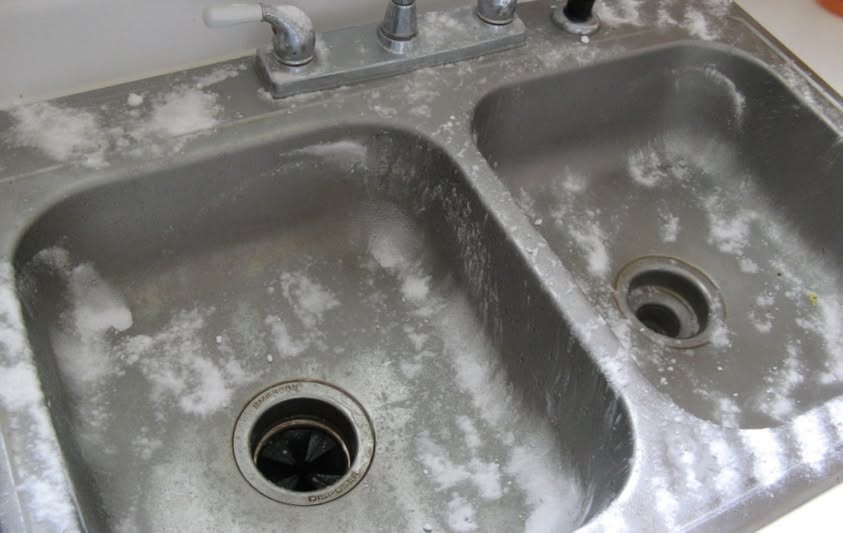ADVERTISEMENT
y oil. Apply a small amount of oil to a soft, clean cloth. Gently rub the oil into the sink in a circular motion, following the grain of the stainless steel. This will give your sink a polished, streak-free finish.
Be sure not to use too much oil—just a few drops will suffice. Buff the surface gently with the dry part of the cloth to enhance the shine and remove any excess oil.
Tips for Maintaining Your Stainless Steel Sink
To keep your sink looking great and prevent buildup from happening in the first place, follow these tips:
- Dry After Use: After washing dishes or rinsing the sink, dry the surface with a microfiber towel to avoid water spots and stains.
- Clean Regularly: Wipe down your sink at least once a day to prevent soap scum, food particles, and hard water stains from building up.
- Avoid Harsh Cleaners: Steer clear of abrasive cleaners, bleach, or ammonia-based products, as they can damage the stainless steel finish. Stick to gentle, natural solutions like baking soda, vinegar, and mild dish soap.
- Use a Sink Mat: To avoid scratches or dents, consider using a silicone or rubber sink mat, especially if you’re washing heavy pots and pans.
- Address Stains Immediately: The longer you leave stains, the harder they will be to remove. Tackle any discoloration or food stains as soon as possible for the best results.
Final Thoughts: A Clean Sink, A Clean Home
A shiny, spotless stainless steel sink is not only a beautiful feature in your kitchen or bathroom but also contributes to the overall cleanliness of your home. By following the proper cleaning and polishing methods, you can maintain the look and function of your sink for years to come.
With regular care and the right cleaning techniques, your stainless steel sink will stay gleaming, free from stains, and looking as good as new. So next time you notice a few water spots or grime, don’t reach for the harsh chemicals—just grab some common household items and get your sink sparkling again!
